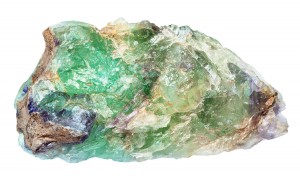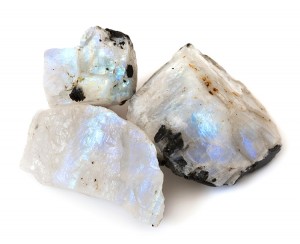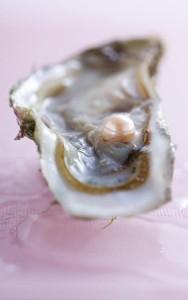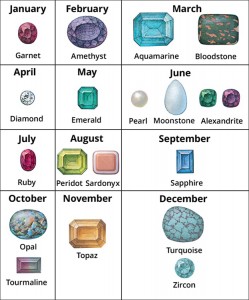LGBTQ+ Pride Month: RuPaul
Thursday, June 29th, 2023
June is LGBTQ+ Pride Month. All month long, Behind the Headlines will feature lesbian, gay, bisexual, transgender, and queer or questioning pioneers in a variety of areas.
RuPaul is an American actor, author, and entertainer. RuPaul is best known as a drag queen (cross-dressing performer) and host of the reality competition television series “RuPaul’s Drag Race,” which began in 2009.
RuPaul Andre Charles was born Nov. 17, 1960, in San Diego, California. As a teenager, RuPaul moved to Atlanta, Georgia, with his sister. There, he first started performing in what he called “terror drag,” a style that incorporates combat boots, hairy legs, and unkempt wigs. He also started performing in a few different bands, including RuPaul and the U-Hauls and The Now Explosion. RuPaul made several low-budget motion pictures, including a blaxploitation film in which he played the lead character. Blaxploitation films, made popular in the 1970’s, feature Black characters and outrageous plots and action.
RuPaul moved to New York City in the late 1980’s. During that time, he adopted a more glamorous drag style with high heels, styled hair, and make-up. After a few years of performing in nightclubs and working as a reporter for a cable show, RuPaul found international fame with his 1993 pop song “Supermodel (You Better Work).” As an actor, RuPaul made cameo appearances in films like The Brady Bunch Movie (1995) and To Wong Foo, Thanks for Everything! Julie Newmar (1995). On TV, he made cameo appearances on shows like “Sabrina the Teenage Witch” (1996-2003) and “Walker, Texas Ranger.” (1993-2001). Out of drag, he acted in the television movie A Mother’s Prayer (1995) and in the feature film …But I’m A Cheerleader (1999).
In 1995, RuPaul became a spokesmodel for MAC cosmetics and chaired the company’s charitable AIDS fund. He hosted his own talk show in 1996, “The RuPaul Show”, but it was canceled in 1998. In 2004, RuPaul released the album Red Hot, which was followed up with Champion in 2009. His later albums include Glamazon (2011), Born Naked (2014), Butch Queen (2016), and American (2017).
In 2009, RuPaul began hosting the reality competition show “RuPaul’s Drag Race.” Each season follows a group of drag queens as they compete to become “America’s next drag superstar.” In each episode, contestants compete in various drag-related tasks—such as singing, dancing, sewing, and acting—and then show off different themed looks on a runway. After receiving critiques from RuPaul and a panel of judges, two contestants are selected to lip sync. Lip sync is a style of performance in which people move their lips in time to recorded music. The contestant who performs worse is eliminated from the competition. “Drag Race” has won more than 20 Emmy awards, including outstanding competition program and outstanding host for a reality or competition program for RuPaul.
“Drag Race” has been spun off into international versions, including series in the United Kingdom, France, Italy, Spain, Canada, the Netherlands, Thailand, Chile, and the Philippines. Drag queens in Australia and New Zealand compete on a combination show called “Drag Race Down Under.” The American original has a spin-off called “RuPaul’s Drag Race: All Stars.” In this version, previously eliminated queens return to compete again.
In 2020, RuPaul created and starred in the Netflix show “AJ and The Queen,” a comedy about a down-on-her-luck drag queen traveling across the United States. The show ran for one season and featured many performers who had appeared on “Drag Race.”










